The Rivian R1S is the next big thing from the all-electric startup Rivian, which looks eager to replicate the success of rivals Tesla. In fact, out of all the automakers jumping on the battery-powered bandwagon, Rivian seems to have the most promise.
The Rivian R1T all-electric truck has already started hitting the streets, beating out the other major players like Ford and Tesla to the punch. But the company’s ambitions don’t end with a single truck, and that’s why the sportier SUV is set to launch later this year. Here’s everything you need to know about the Rivian R1S.
Rivian R1S: Price and availability
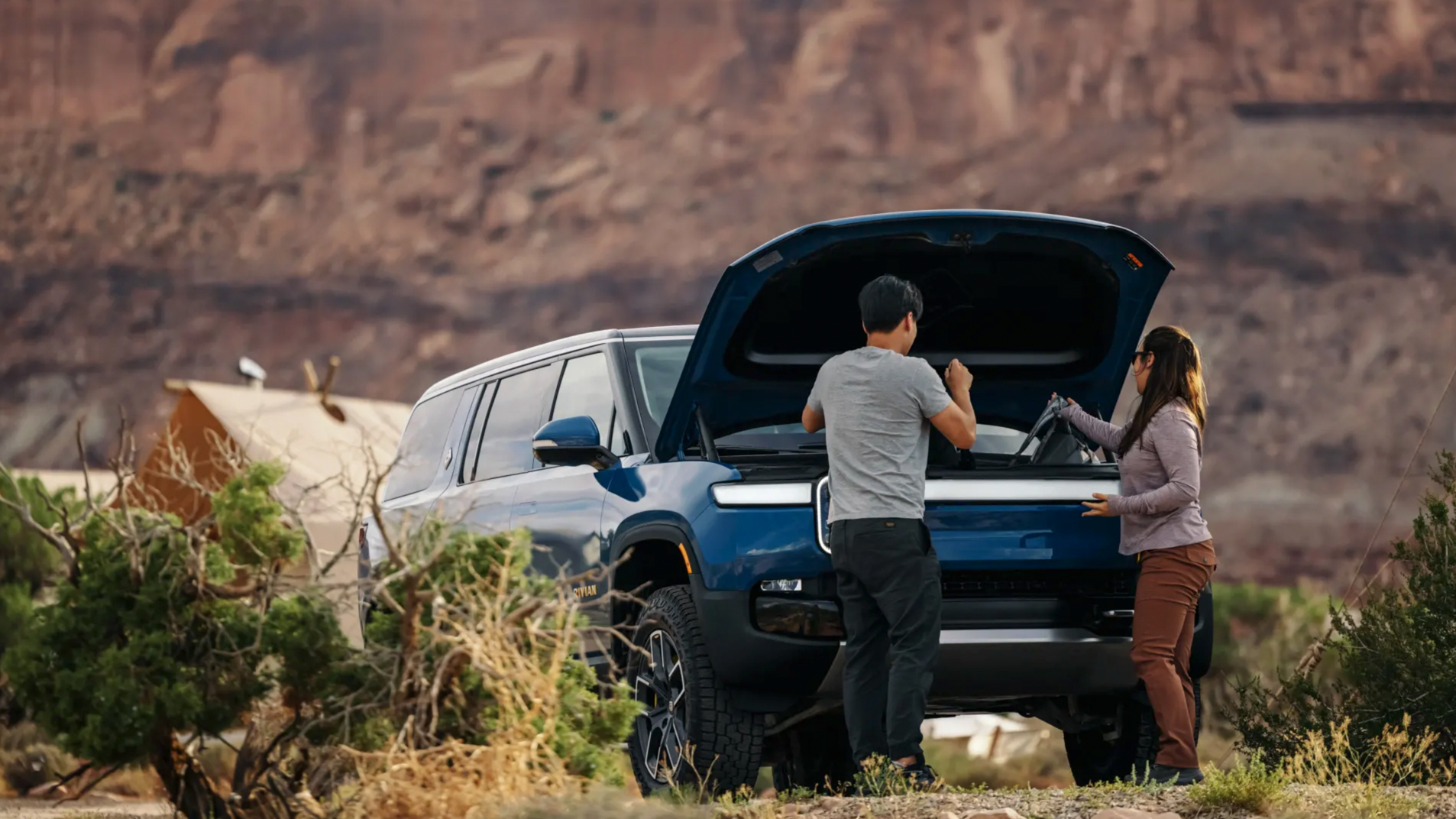
The R1S currently starts at $70,000 for the Explorer Package, while the Adventure Package comes in at $75,500. Both of these are available to pre-order now with a $1,000 deposit, but the fully-loaded Launch Edition (also $75,500) is sold out.
Rivian customers were told in late-2021 that their cars will start arriving from March, although the majority of the first wave of deliveries are expected in the summer and autumn of 2022.
Rivian R1S: Performance and range
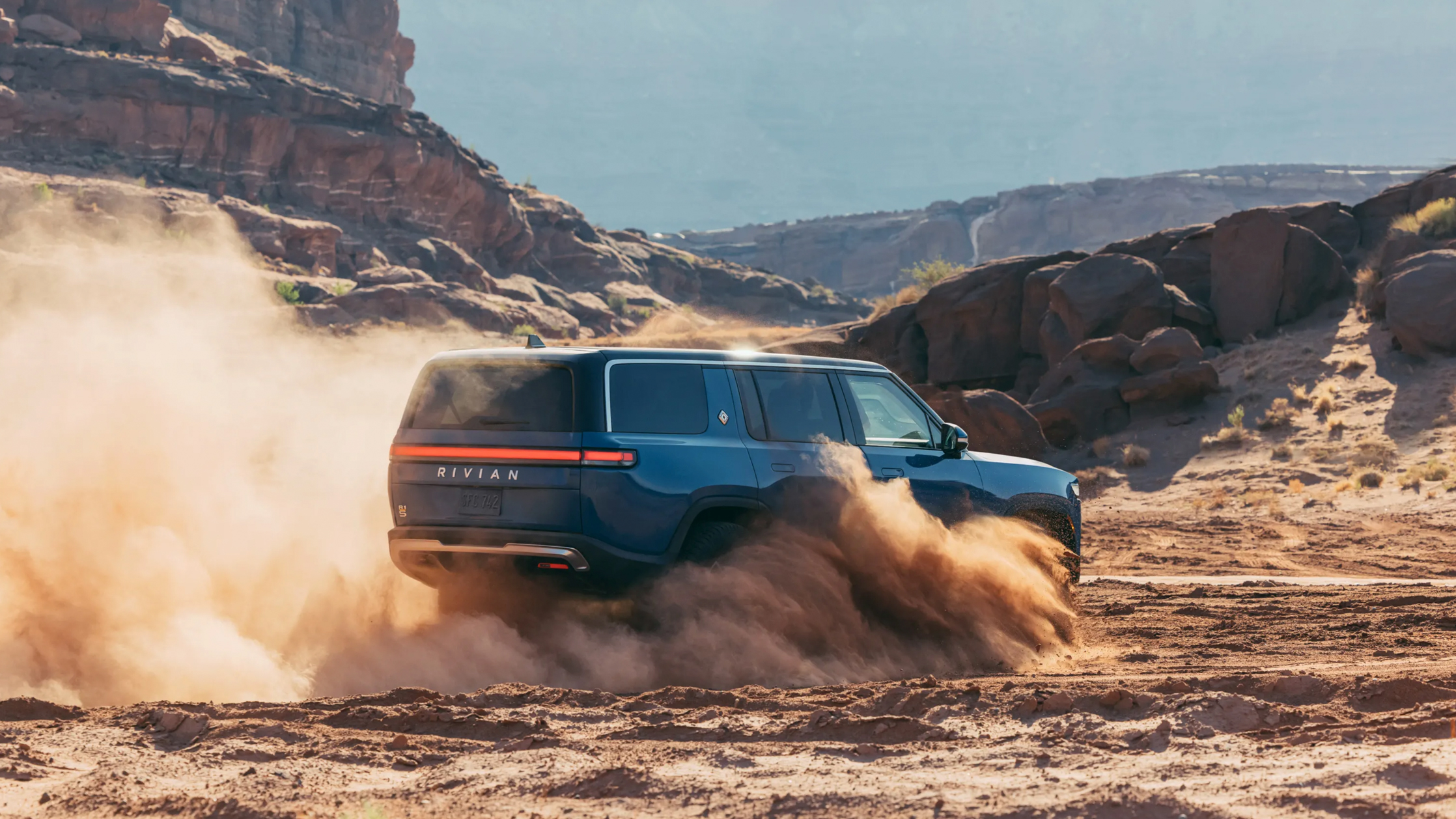
Rivian claims the R1S can sprint to 60mph in a supercar-matching 3.0 seconds, and the large battery pack (the only size option available for now) has an estimated EPA range of 316 miles. That’s roughly the same as the R1T truck, which has the same 0-60 time and 314 miles of range.
While these are both impressive statistics, Rivian is keen to emphasize the R1S’s capabilities as an off-roading SUV. It can tow up to 7,700lbs, for example, and has a wading depth of over three feet. Both of these figures put it broadly on par with the current generation of Land Rover Defender.
There’s also 14.9 inches of ground clearance, and Rivian sells the R1S with three tire choices, including all-terrain, road and sport.
The R1S can charge at up to 190kW, which is impressive but falls short of some of the quickest-charging cars on sale today, like the 270kW Porsche Taycan. Rivian says this will increase on future models to 200kW and even 300kW in the future.
A clever trick of Rivian vehicles is how they can be tow-charged. Only intended for emergencies, the car can be hooked up to a towing vehicle, like a semi truck, and pulled forwards. The gear selector needs to be in reverse and a small amount of pressure has to be applied to the accelerator pedal. That allows kinetic energy to be fed into the battery.
Following in Tesla’s footsteps, Rivian is also building its own high-speed charging network. So instead of relying entirely on the inconsistent public networks, Rivian owners will have access to the company’s own chargers. Initially these chargers will be exclusive, though they will open up to non-Rivian cars in the near future.
Rivian plans to build out its network covering much of the US and Canada with 200kW chargers by 2023; the plan is to then increase their speed to 300kW.
Rivian R1S: Design
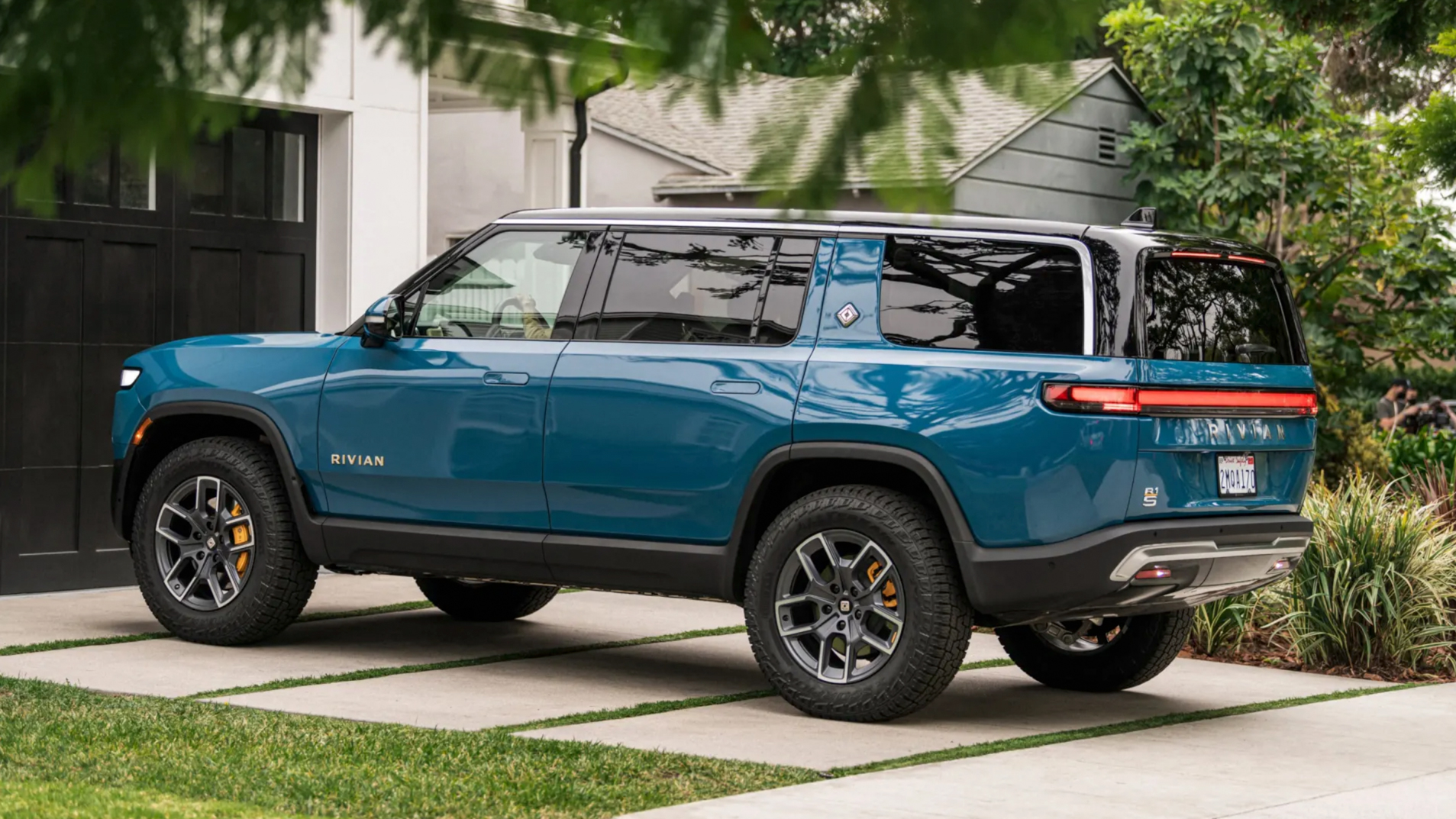
The R1S is powered by Rivian’s four-motor drivetrain. Unlike the one-, two- and three-motor setups of most other electric cars, Rivian’s system means the power delivery to each wheel can be precisely controlled and adjusted.
This promises to give the Rivian R1S impressive off-roading capabilities, with torque vectoring used to dial out understeer and oversteer, keeping the vehicle in control on- and off-road, or when driving across snow.
Comparing its drivetrain to more conventional off-roading setups, Rivian says its quad-motor platform offers “substantially better torque control than locking differentials, and they’re instantly adjustable for any condition.”
The front axle is powered by a drive unit with 415 horsepower and 413 ft lb of torque, while the rear is slightly more powerful, with 420 hp and 495 ft lb.
The Rivian platform also features independent air suspension with six inches of vertical adjustment, lowering the car for improved aerodynamics on the highway and raising to gain extra ground clearance when off-roading.
The system can also adjust to help level the R1S when towing. Further to this, the vehicle monitors the road and driver input every five milliseconds, then adjusts the suspension accordingly.
Rivian R1S: Interior
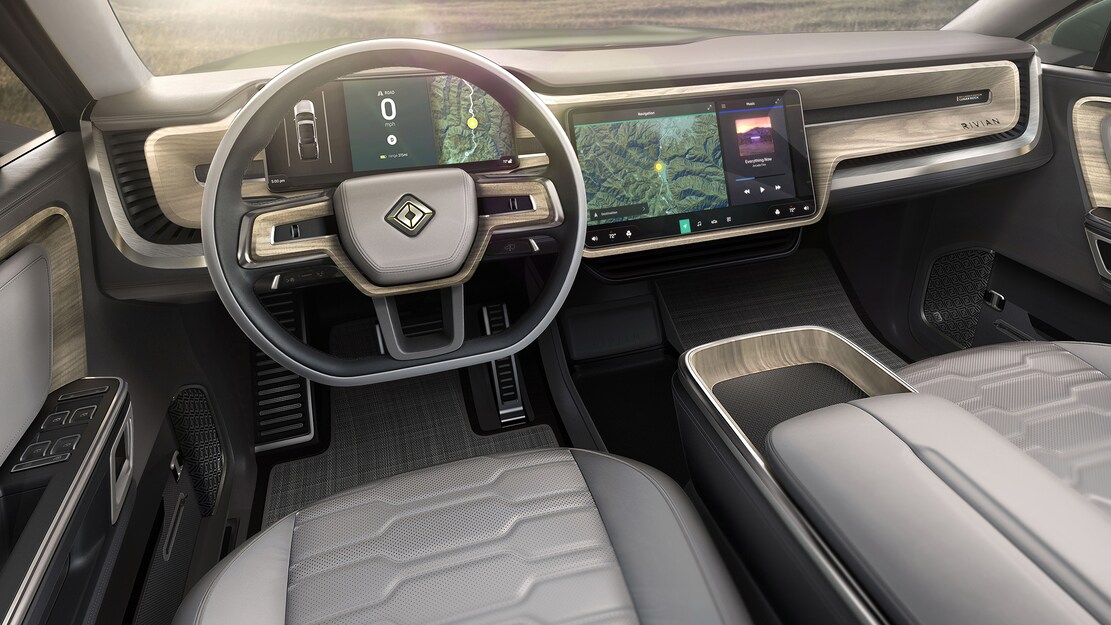
The R1S has a seven-seat interior split across three rows. The dashboard features a large, landscape-oriented touchscreen display, complete with LTE and Wi-Fi connectivity, wireless charging, up to eight USB ports, three 12V outlets and two 120V sockets. The Alexa voice assistant is also part of the Rivian operating system, and the optional Rivian Elevation audio system is provided by Meridian.
There’s also a large panoramic glass roof, and Rivian says an optional removable roof for open-air exploring will be offered in mid-2022. The seats are made from vegan faux leather, while buyers can also choose between different design packages that offer wood or matte-finished surfaces.
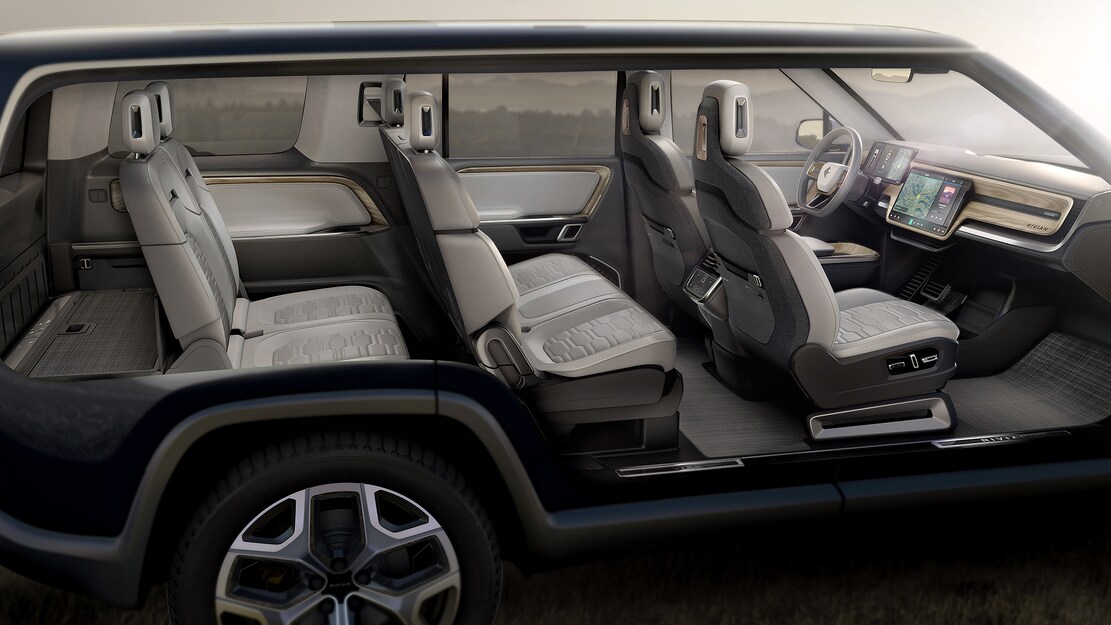
The R1S is available in five or seven seat combinations, but like any good SUV those rear seating rows can be folded down completely flat. According to Rivian, doing this means you can have up to 104 cubic feet of storage space. That space includes the front trunk, the traditional trunk/cargo area, a rear storage bin, and additional compartments underneath the seats and center console.
Rivian R1S: Autonomous driving

Just like Tesla with its Autopilot, Rivisian is developing Driver+. Fitted as standard to every Rivian vehicle, Driver+ is a hands-free advanced driver assistance system that offers level 2 autonomous driving features — i.e. the car is able to control steering and acceleration at the same time. However Rivian is careful not to label the tech as “autonomous” because level 2 is still a long way off full driver-free autonomy.
The Driver+ system uses 11 cameras, five radars and 12 ultrasonic sensors to capture a 360-degree view of the vehicle’s surroundings, along with an interior camera to monitor driver alertness.
The Highway assist feature controls steering, braking and acceleration on select highways, while lane change assist can help you switch lanes more easily. Adaptive cruise control is also available controlling your car’s speed and distance but not the steering.
There are also features like automatic emergency braking, lane-keeping to stop you drifting out of lane unintentionally, parking assist and alerts for when vehicles are in your blind spot. Rivian promises more functions will be added with future over-the-air software updates.
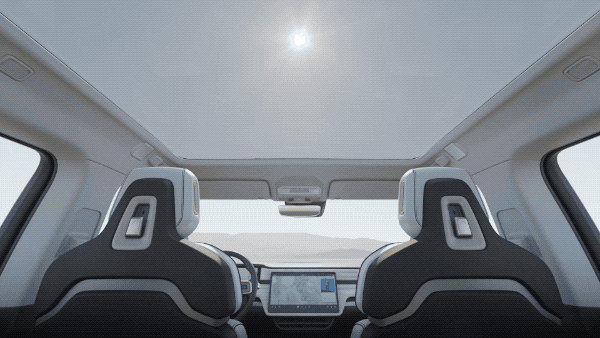
Rivian loves to envisage its customers taking their vehicles on off-road adventures. To that end, the company sells roof bars for carrying items like surfboards, and there’s even a rooftop tent for camping on your car.
On top of that the automaker sells the $2,000 off-road upgrade pack, which fits a reinforced underbody shield to the front of the R1S, and a pair of front-mounted tow hooks, to help get drivers out of trouble when off-roading.
Rivian R1S vs Rivian R1T: What’s the difference?
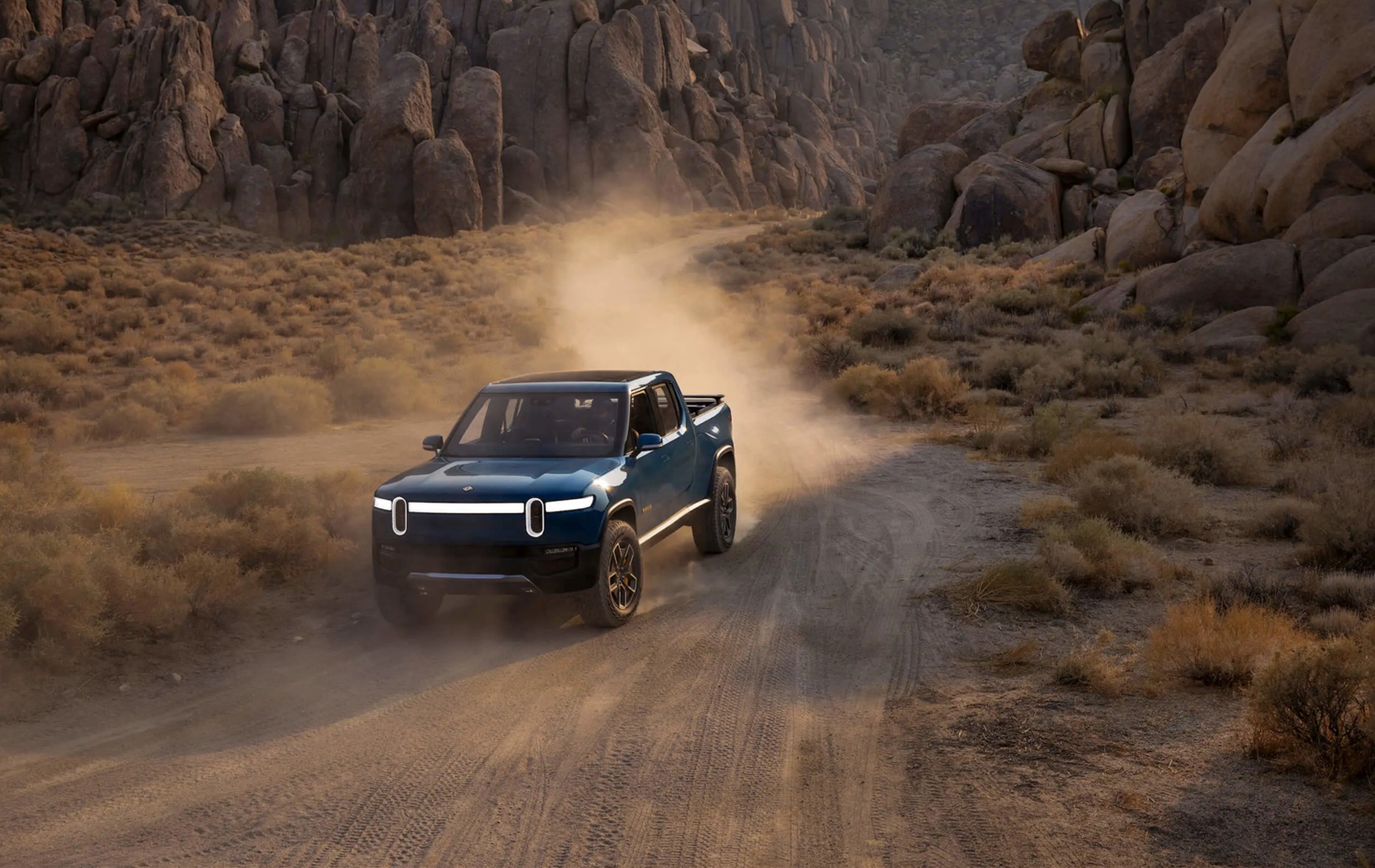
Rivian is bringing the R1T to market slightly ahead of the R1S, but both vehicles are very similar. In fact, Rivian said in 2018 that the two cars share 91% of their components. In reality, the only major difference is how the R1S is a conventional SUV, while the R1T is a truck — complete with a cargo bed behind the passenger compartment.
This differing design gives the R1T seating for five occupants across two rows, while the R1S has seven seats across three rows. Meanwhile specs, at least on the entry-level configurations, are not too dissimilar. Both vehicles have a 0-60 time of 3.0 seconds, while the R1S’s 316 mile range is just two miles more than its sibling.
Priced from $67,500, the R1T went into production right at the end of 2021, while the R1S, which starts at $70,000, is due later in 2022.
Rivian R1S: Bottom Line
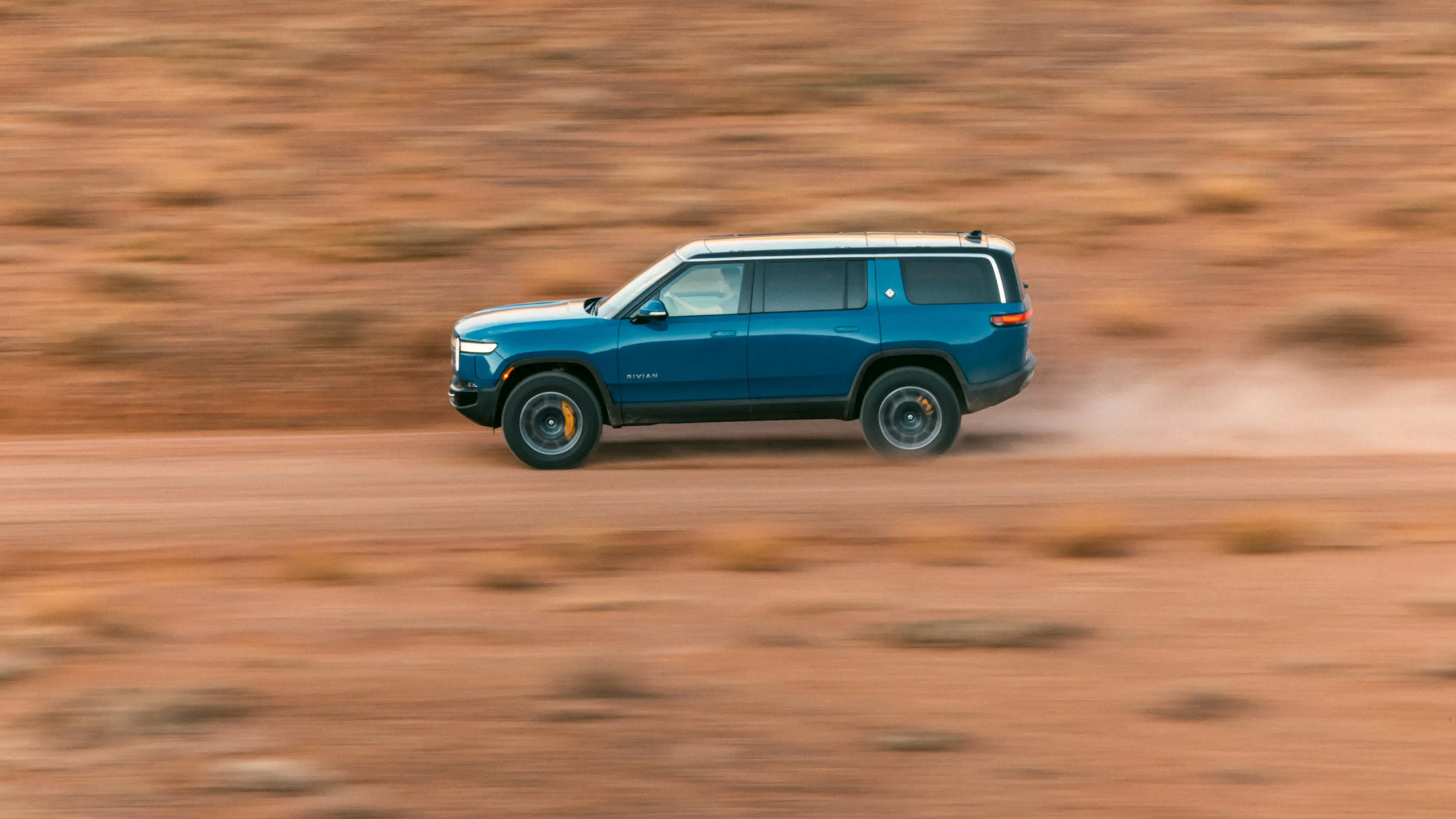
Rivian has already proven itself to be a serious force in the electric vehicle world. Not only was it able to launch the first high-profile electric truck in the United States, it clearly doesn’t have any intention of stopping there.
In fact the company already has thousands of pre-orders, tripled its employee base over the course of 2021, and is set to produce 10,000 electric delivery trucks to Amazon before the end of 2022. The Rivian R1S is just the next instalment in what is likely to be a very long-term plan.
So far the Rivian R1S is ticking a lot of the same boxes as the R1T, which makes sense considering the differences are mostly skin deep. And that’s no bad thing, considering the R1T’s overwhelmingly positive reception so far. Only time will tell if the R1S will be considered one of the best electric cars, but so far things are looking pretty good.
Stay connected with us on social media platform for instant update click here to join our Twitter, & Facebook
We are now on Telegram. Click here to join our channel (@TechiUpdate) and stay updated with the latest Technology headlines.
For all the latest Technology News Click Here
